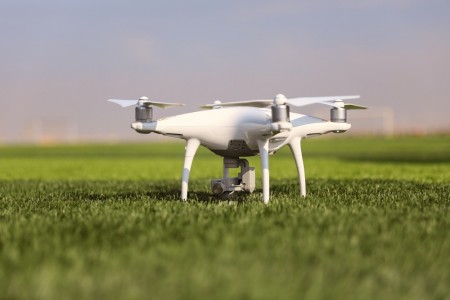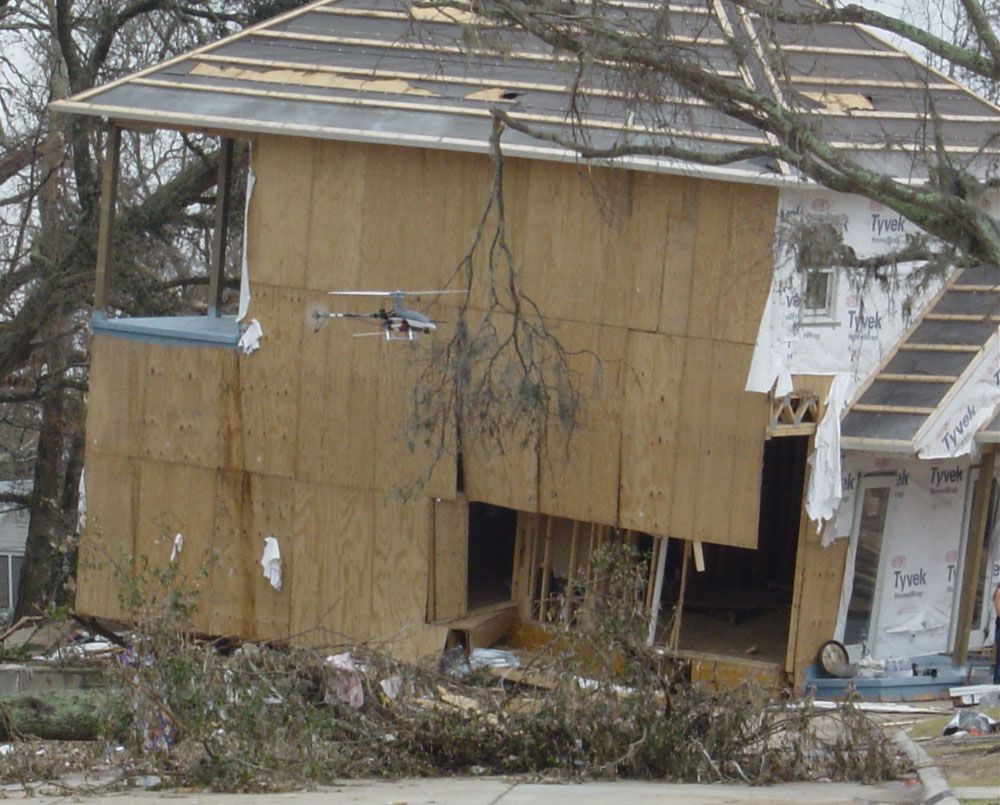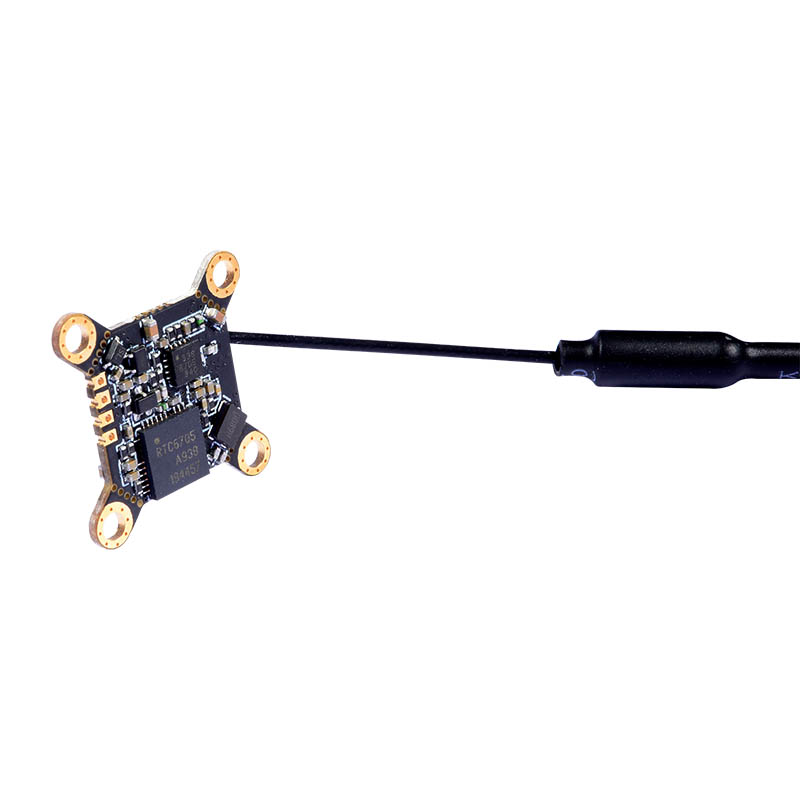
Chinese companies have $3.7 trillion of foreign-exchange reserve funds. China could easily use these funds to expand its plane industry if it had the opportunity. But instead of investing in a new fighter jet, China would rather spend the money on other things, such as buying airplanes from the U.S. and France. John Dowdy manages McKinsey’s Aerospace and Defense Practice.
Innovative ideas in the aerospace/defense industry are supported by competitive intelligence
It doesn't matter if the new product is being developed or how to improve existing processes, competitive intelligence is crucial for aerospace and defense. There are only a few big players in the aerospace and defense industry. Many companies have large budgets and require millions of parts and support systems to keep their aircraft flying. This doesn't necessarily mean that they lack competition. Competitive intelligence is the process of gathering and analyzing industry data to provide actionable insight that fosters forward-thinking.
This sector is highly competitive. As a result, many companies are aggressively seeking out acquisitions. Boeing purchased ForeFlight, and it has worked with the company to develop aeronautical charts since. Competitive intelligence is crucial to stay ahead of the competition in the aerospace and defense sectors. IFS has the specialized expertise to identify opportunities that could help aerospace companies be competitive.
How to turn around troubled programmes
The ultimate result of the 70-year mission is demonstrated by the firm's success with cultivating government clients. McKinsey advocated that businessmen should replace civil servants at management levels, beginning in the 1950s. This self-interested approach was perfect for Cold War times. McKinsey's self-interest aside, McKinsey was still able to charm the National Aeronautics and Space Administration (NASA) with its 1960 report on a better, more cost-efficient way to design spacecraft.

The controversy has arisen from the work of the firm. The General Services Administration, which oversees federal procurements, has cancelled two government-wide contracts with this firm. One contract earned more than $1 billion between 2006-2018. The firm claimed the contracts were too expensive, and that they were too risky to warrant further scrutiny. The GSA did find a GSA supervisor who supported the firm's actions. This despite the fact of his past favoritism.
Profiting from your supplier network
In the commercial aerospace sector, inventory tends to be larger than in the defense industry. Focusing on this problem in an industry where inventory is king can help companies achieve a 50% inventory reduction. How do you do this? Here are some tips that will help you improve the efficiency in your supply chain. To begin, you need to understand the dynamics within your supply chain. A commercial aerospace company may need to have twice the inventory of an industrial competitor. The complexities of this ecosystem are particularly challenging for commercial aerospace players, which tend to have large inventories and typically work with sole-source suppliers.
This type transformation requires investments in development, capital expenditures and inorganic growth opportunities. Although most companies in this sector invest heavily in research and development, there are many ways to unlock significant amounts of cash and turn that cash into value. It is important to know where to look and how you should proceed. If you follow these tips, aerospace companies and defense firms will see a double-digit increase in their value drivers.
Profiting from the market environment
Aerospace companies did not consolidate or change their businesses' composition during recent downturns. Instead, they focused on turning around troubled programs and winning pivotal new programs that will boost business performance and deliver outsized returns to shareholders. The key to survival is winning new large defense program. Companies who repositioned early and aggressively are better positioned in order to profit from the rebound in defense spending.

Air travel and military gear are both being affected by the current economic crisis. U.S. airline profits are declining as they are being heavily leveraged. They are also canceling airplane orders, and orders for the next five years are significantly overstated. It is also difficult to find commercial aircraft refurbishment or night vision technology for law enforcement agencies. Defense companies must also work to change the industry structure and develop a technical approach that reduces costs.
FAQ
Is drone regulation regulated by the FAA
The FAA is responsible for all aspects of drone operation, including certification requirements, safety standards, and licensing procedures.
What laws apply to drones flying above private property?
The FAA has recently issued new rules for commercial drone flights. These rules are only applicable to UAVs that weigh less than 55 pounds and fly below 400 feet above ground. Commercial operators need to register with the FAA in order to obtain a license. They must also obtain permission from local authorities if they plan to operate in restricted areas, such as airports.
What is the main difference between a quadcopter or a helicopter?
A quadcopter, a four-rotor helicopter, flies just like a helicopter. It has four rotating rotors. A hexacopter is similar to a quadcopter except that it has six rotors instead of four. Hexacopters offer more maneuverability and stability than quadcopters.
Can I fly my drone indoors
Yes, you can fly your drone indoors. You just have to ensure no obstacles or hazards inside your home. Avoid flying near heating vents, heating vents and air conditioning units.
Are drones permissible at public events
The rules are not required for drone flying. You will need to get approval from event organizers if your drone is going to be flying during public events such as a parade, festival or concert.
Statistics
- Research and Markets predict a growth rate of 51.1% over the next five years. (thedroneu.com)
- According to industry research from ZipRecruiter , there are 10 cities where the typical salary for a Drone Pilot job is above the national average. (dronesgator.com)
- According to ZipRecruiter, the minimum hourly wage of drone pilots is $20. (thedroneu.com)
External Links
How To
How do you clean your drone?
These are some important things to remember before cleaning your drone. This guide will show you how to get every bit of your drone's potential.
-
You should have the right tools. You should have everything you need to start any project. You'll need a soft brush (or a toothbrush) and cleaning solution (we recommend WD40)
-
Remove the battery pack. First thing first - remove the battery from the bottom of your drone. It is easy to locate the battery under your propeller. Be careful not to loose screws during removal.
-
Remove all pieces. Next, take out all the parts on the drone's bottom. You should make sure that they are not loose as they could fall off during cleaning.
-
Use a cleaning solution. Now, it's time to clean your drone. We recommend that you use WD40 as a cleaning agent before doing this. Use the cleaner to spray your drone's entire surface. Be sure to get in between all components. Before you attach everything, let it dry completely.
-
Turn on the battery. After cleaning your drone, you should put the battery back into its original place. By doing this, you can test how well your drone functions after cleaning.